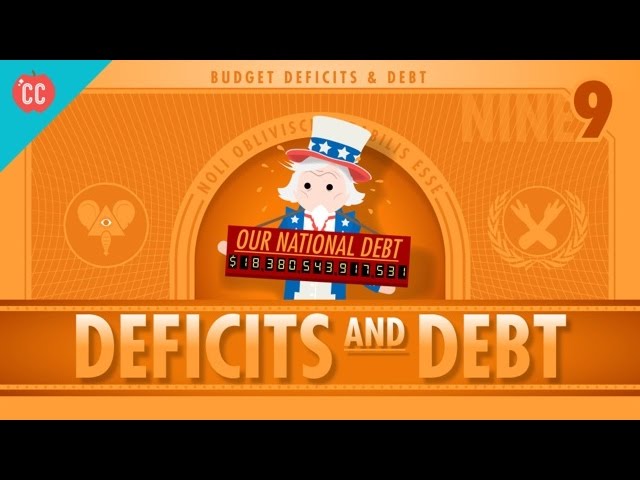#debt
“Simply this, in 55 of the last 59 yrs, the federal government spent more money than it received in tax revenue. To finance this annual deficit, Treasury bonds, usually maturing in 10 or 20 yrs, were sold”– Paul Ebeling
The roll over: there is no plan in place to ever pay back the money. Interest is paid annually, and when the bonds mature, new bonds are sold to repay the maturing bonds, so the debt just rolls over.
This explains why the total public debt keeps growing. The US deficit is now about 140% of annual GNP. .
Hang on! Treasury Schoolmarm Yellen just testified before Congress that the debt is only 105% of annual GDP.
What she said was the debt held by the public is 105% of GDP, which is correct. The difference is that about $8-T of the debt is held by the Fed, not the public directly. The Fed can simply electronically print more money to purchase the bonds.
Regardless of who holds the bonds, the federal government has overspent by nearly $30-T.
For the federal government to currently spend $550/month, while receiving only $300-B in monthly tax revenue, the debt ceiling had to be raised. Instead of haggling about it now, Congress decided to suspend the debt ceiling until 3 December.
Meantime, the Biden administration wants to spend another $1.2-T on its new version of infrastructure and at least an additional $3.5-T on social programs. Thus adding $5-T to the public debt, which means if those bills pass, Congress will have to raise the debt ceiling to $10-T before 3 December, a huge problem.
The Dems say that these massive spending bills will add “zero” to the public debt. That can only be true if other government spending will be reduced or if taxes will be raised, but neither option is possible
More than 60% of current non-COVID-related government spending pays for Social Security, Medicare and Medicaid, which, politically speaking, cannot be touched. About 10% goes to pay the interest on the public debt, which also cannot be touched. The remaining 30% is spent on all social programs, which the Dems wants to expand, and on defense and the military, which also will be difficult to reduce.
Since spending cannot be cut by $5-T, taxes will have to be raised by that amount. Mr. Biden says he will tax only wealthy people, who are those households earning in excess on $400-K annually and he will tax corporations to raise that money.
The problem is that households earning more than $400,000 represents about 1.5% of the population, so even if you raise their rates above 50%, the tax revenue will not cover this spending. And raising taxes on corporations means higher prices on the goods and services they produce.
Increased taxes and higher prices will be paid by all of The People, and overtaxing the wealthy will just reduce capital formation.
For a capital-intensive economy, with a government that takes trillions from capital markets, the resulting capital shortage will stagnate the economy and lead to higher prices.
I remember the stagflation in the 1970s.
The next 60 days will be very interesting politically and economically. Passing spending bills that add to the deficit and public debt will both raise the annual interest expense the government pays on that debt. As interest rates rise and the debt is rolled over and increased, the interest expense will reach $1-T annually.
“The sensible solution would be to raise the debt ceiling more modestly. Reduce the infrastructure bill to about $600-B, which is all that is needed for real infrastructure. And then, not passing any more spending, until economic growth generates more tax revenue,” says Michael Busler, Mr. Busler is a public policy analyst and a Professor of Finance at Stockton University in Galloway, New Jersey, where he teaches undergraduate and graduate courses in Finance and Economics.
Have a prosperous day, Keep the Faith!









